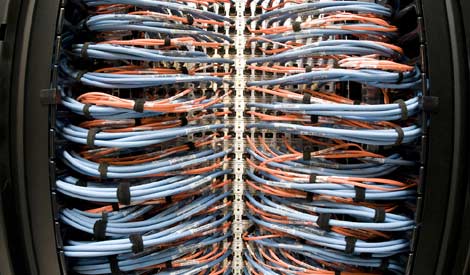The Power of Port Replication in the Data CenterThe Power of Port Replication in the Data Center
Demand for higher bandwidth has resulted in an increase in fiber optic ports for networking. Find out how port replication can help your data center.

With so much more hitting the data center platform these days, how do admins keep up? How can you continue to deliver powerful performance and create that great end-user experience?
As most data center professionals can attest, bandwidth needs continue to increase for today’s business-driven technologies. This demand for higher bandwidth results in an increase in fiber optic ports for networking and storage. Over the past several decades of data center cabling evolution, this increase has led to significant challenges in the management of fiber cabling infrastructures. In this whitepaper from CABLExpress, we find how one key component makes managing this increase in fiber ports and density much easier. This technology revolves around port replication in patch panel design.
Here’s the reality: Proper port replication simplifies fiber cable management and increases uptime potential.
Your data center platform will continue to change as business needs evolve. A big part of this change will revolve around application and data delivery. As mentioned earlier, keeping up with bandwidth requirements is critical for an optimal end-user experience. Part of optimizing the data center platform has to revolve around both the logical and physical networking layer. Again, this is where port replication can help. In addition to the one-to-one mapping, port replication essentially reduces the distance between active hardware ports. When utilized in combination with the recommended TIA-942 structured cabling design, all ports are replicated in a Main Distribution Area (MDA), which significantly reduces the physical distance between ports and further minimizes the opportunity for human error.
There are other direct benefits as well. This includes:
Increase in fiber ports and density.
Minimizing user error and eliminating mistakes.
Reducing the distance between active hardware ports.
Minimizing the risk of increased signal loss by reducing the opportunity for excessive bending and stress on the connectors plugging into the switch.
Download this whitepaper today to learn how port replication can greatly reduce installation time and help mitigate the risk of costly mistakes that lead to downtime. Remember, the greater resiliency you can achieve within your data center – the better your business can continue to operate. Effectively, port replication can significantly increase efficiency and manageability in the data cater by simplifying the cabling process and eliminating opportunities for error.
About the Author
You May Also Like









